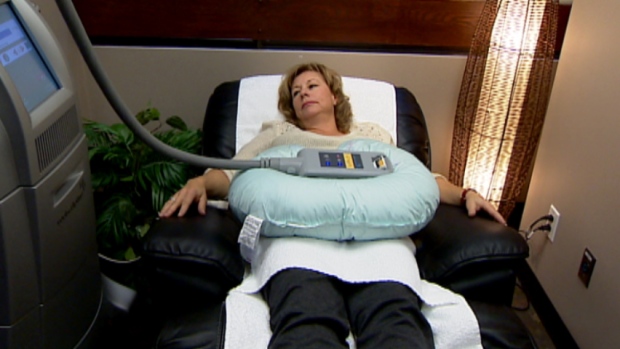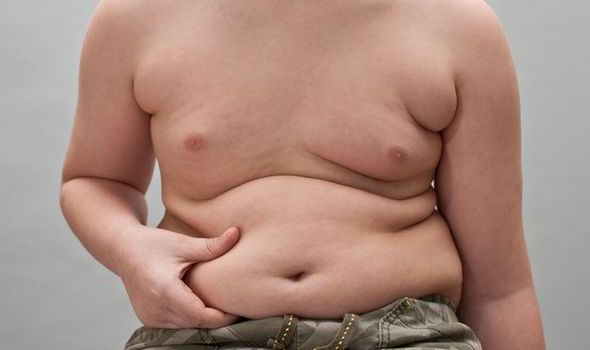
While the story is unfolding, this approach seems perfectly in order. After all, we’ve been educated to understand that it’s wrong to question the life-choices of the generously proportioned. Hollywood is surely to be commended for giving body fascism a biff. But then the credits roll. They begin with a dedication. “For Jim”.
That’s James Gandolfini, the actor renowned for playing one of the most memorable characters in screen history, Tony Soprano. In Enough Said, he plays Albert. After shooting another film, he went on holiday to Italy. In Rome on 19 June he died, at the age of 51.
The cause of death was a heart attack. And the cause of that seems to have been his weight, at least in part. Gandolfini didn’t need a fat suit to play Albert. He’s believed to have tipped the scales at around 20 stone at the time of his death.
“He was a walking time bomb,” according to Dr Chauncey Crandall, the head of heart transplants at the Palm Beach Cardiovascular Clinic. Crandall suggests that Gandolfini’s size may have given him high levels of blood pressure, triglycerides and cholesterol, and perhaps also sleep apnoea, a disorder that increases cardiac risk. “Unfortunately, this was a sad case that had clear warning signs.”
So if Enough Said is “for Jim”, what is it likely to do for those still alive who share his proclivity? This isn’t the only film calculated to make men feel better about being fat. The likes of Up, Cyrus and Paul Blart: Mall Cop have done their bit for the bigger boys. It’s not just Hollywood either: Mexico’s Paraiso, for example, currently offers us a happy, portly couple whose marriage breaks down as soon as they attempt to diet. However, it’s far from clear that big-screen indulgence of obesity does the obese much of a favour.
Obesity causes not just heart disease, but diabetes, osteoarthritis and cancer as well. It can damage the liver, kidneys and brain. It even causes further obesity, and this effect can’t be reversed through dieting. It’s as clear a cause of harm as cigarettes, which have been almost purged from cinema, except as a grim reminder of the folly of our forbears.
Oddly, though fatness is smiled upon, undue thinness is decried on film. Keira Knightley (who’s believed to weigh around seven stone) has been continuously attacked on this count. After all, people could try to emulate a screen idol; that might lead to anorexia, a condition that can prove fatal. Yet obesity kills many more than anorexia.
While actors like Knightley arouse disdain, those who fatten up for a part are applauded. Renée Zellweger was congratulated for putting on 30 pounds (just over two stone), twice, for the two Bridget Jones films. After Robert De Niro put on 60 pounds for Raging Bull, critics acclaimed his “transformative” achievement.
Tom Hanks gained 30 pounds for A League of Their Own. Last week he said that conforming to such requirements “may have had something to do” with his developing type 2 diabetes, “because you eat so much bad food and you don’t get any exercise when you’re heavy”.
Still, when producers suggested that Jennifer Lawrence might actually lose a bit of weight, they found her less co-operative. “If anybody even tries to whisper the word ‘diet’, I’m like, ‘You can go fuck yourself’,” she’s just told an admiring world. Yet a slim frame would hardly have been out of place in a film entitled The Hunger Games.
Understandably, Gandolfini’s untimely death provoked a tidal wave of grief. It’s a pity it didn’t also prompt a little bit more reflection.
Is Enough Said in films about the dangers of obesity? | Film | theguardian.com








